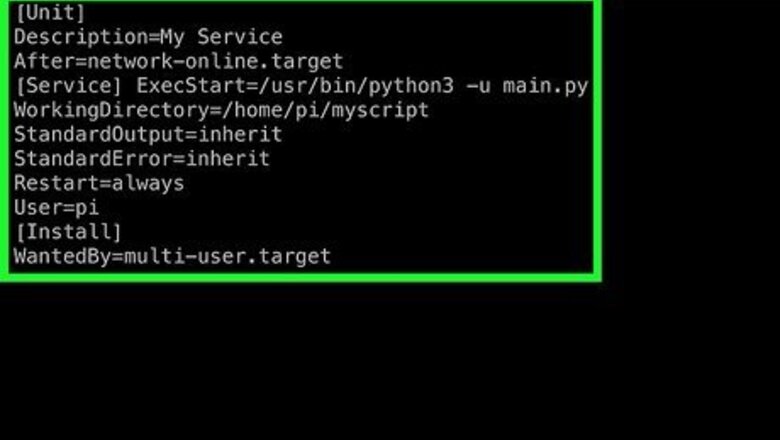
views
Adding a Script as a Service
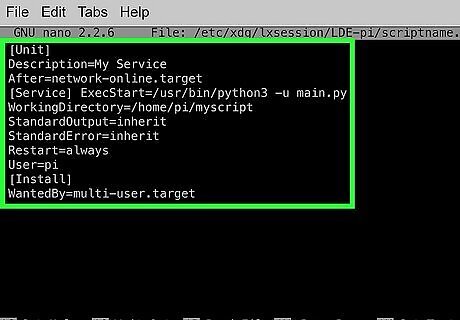
Create a .service file for your script. This method will teach you how to create a service that runs your script at boot time before LXDE starts. If the script requires dependencies that aren't active immediately (such as networking or anything graphical), the service will tell your script to wait until those processes load. Create a file (called scriptname.service) that follows this structure, replacing the paths and description as needed: [Unit] Description=My Service After=network-online.target [Service] ExecStart=/usr/bin/python3 -u main.py WorkingDirectory=/home/pi/myscript StandardOutput=inherit StandardError=inherit Restart=always User=pi [Install] WantedBy=multi-user.target
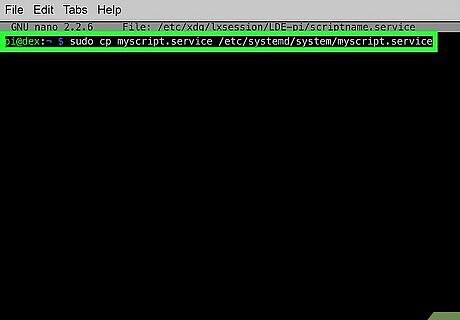
Copy the service to /etc/system/system. You'll need to do this as root, so use sudo. Here's an example: sudo cp myscript.service /etc/systemd/system/myscript.service
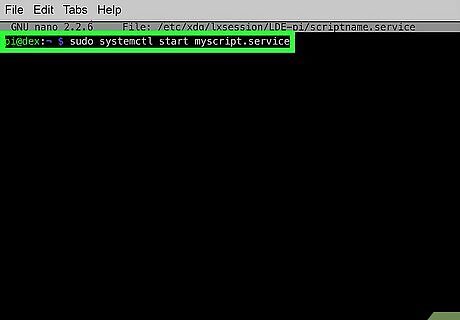
Test the service by running it. Before setting the service to start automatically, you'll want to make sure the script runs properly when executed. To run the script through the service, you'll use the systemctl command like this: sudo systemctl start myscript.service You can stop the service if necessary by running the same command, replacing start with stop.
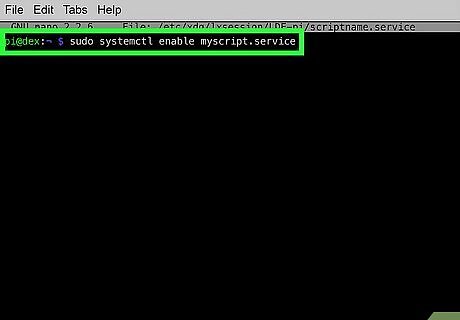
Set the service to run at boot time. As long as the script executes without error, you can run the command that ensures the script runs at boot time: sudo systemctl enable myscript.service
Using the Autostart File
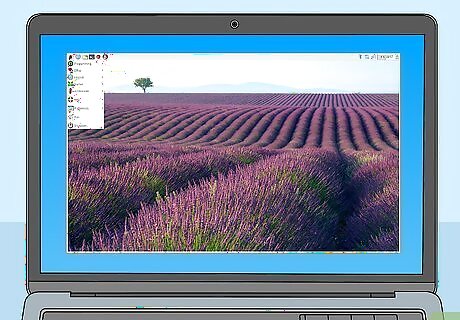
Understand the requirements and how it works. This method requires the PIXEL desktop environment with the latest version of the Raspbian operating system. It is achieved by editing an "autostart" file that runs commands at startup in the LXDE desktop environment, which is the framework the Raspberry Pi's PIXEL desktop is built on. This method is preferred in scenarios where: Your script requires the desktop environment to run Your script needs to run from a terminal window You want to specify which users the script will autostart for
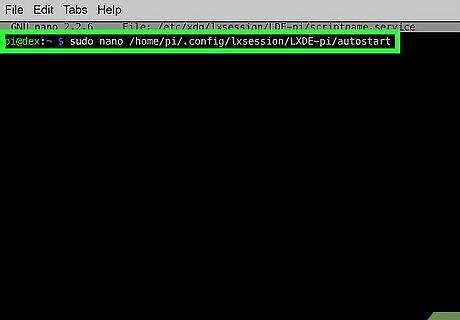
Open the autostart file in the nano text editor. In a new terminal window, run the following command: sudo nano /home/pi/.config/lxsession/LXDE-pi/autostart
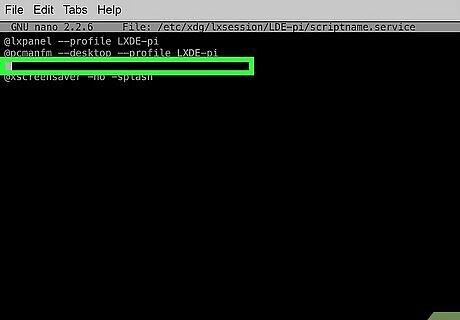
Use the arrow keys to navigate to the end of the second line and press ↵ Enter. This will create a new line above the @xscreensaver -no-splash entry. Many users have reported that commands added below this line do not run successfully so it's common practice to add your custom commands above the @xscreensaver entry.
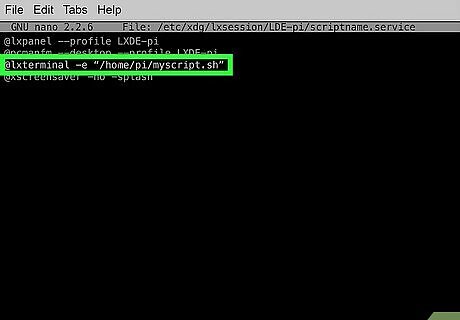
Add a command to launch your script. This is where you have the most options as you can enter any terminal command you would normally use to launch your script. For example, to run a bash script called "myscript.sh" which is located in the home directory of the user "pi" one would enter the command: /home/pi/myscript.sh. Likewise, if superuser permissions are required to run the script you can even preface the command with sudo.
Include the full paths to every filename. For example, to run a Python script that requires superuser permissions called "myscript.py" which is located in the home directory of the user "pi", you would enter the full path to both the Python script itself and the Python interpreter, such as sudo /usr/bin/python /home/pi/myscript.py.
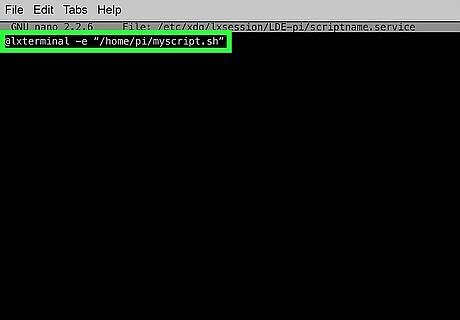
Decide if you wish to run your script in a new terminal window on startup. For this, you can use the @lxterminal command with the -e modifier followed by the full path of your script in quotes. For example: @lxterminal -e "/home/pi/myscript.sh" This will execute the script from a new terminal window.
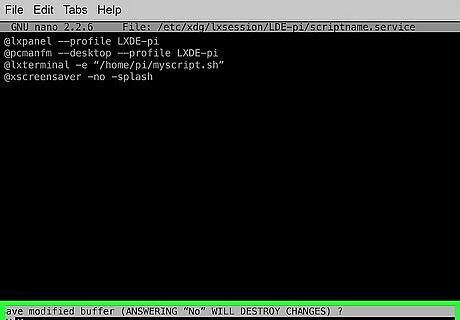
Enter the proper commands to launch your script. Once entered, press Ctrl+X, and then follow the on-screen instructions to save your changes. If you don't want your script to run on startup any longer, simply edit the autostart file once again, only this time delete the lines you added previously. Once you save and exit, your script will no longer run automatically on startup.
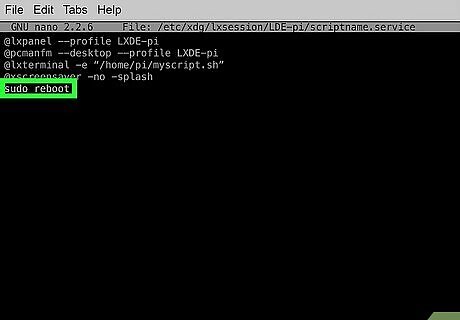
Reboot to test. Use sudo reboot to reboot your Raspberry Pi. If the script works as designed, it will launch one the window manager starts up.




















Comments
0 comment